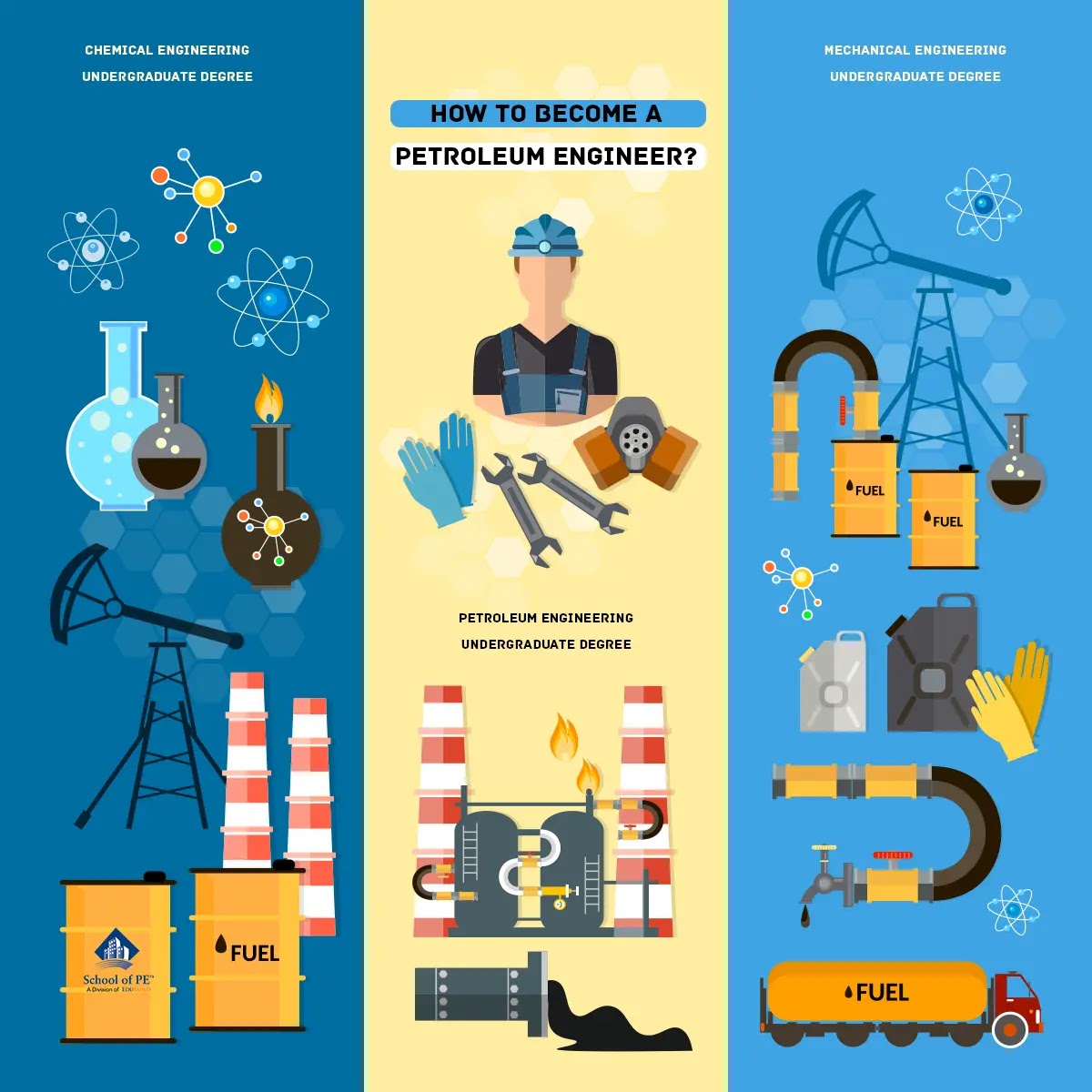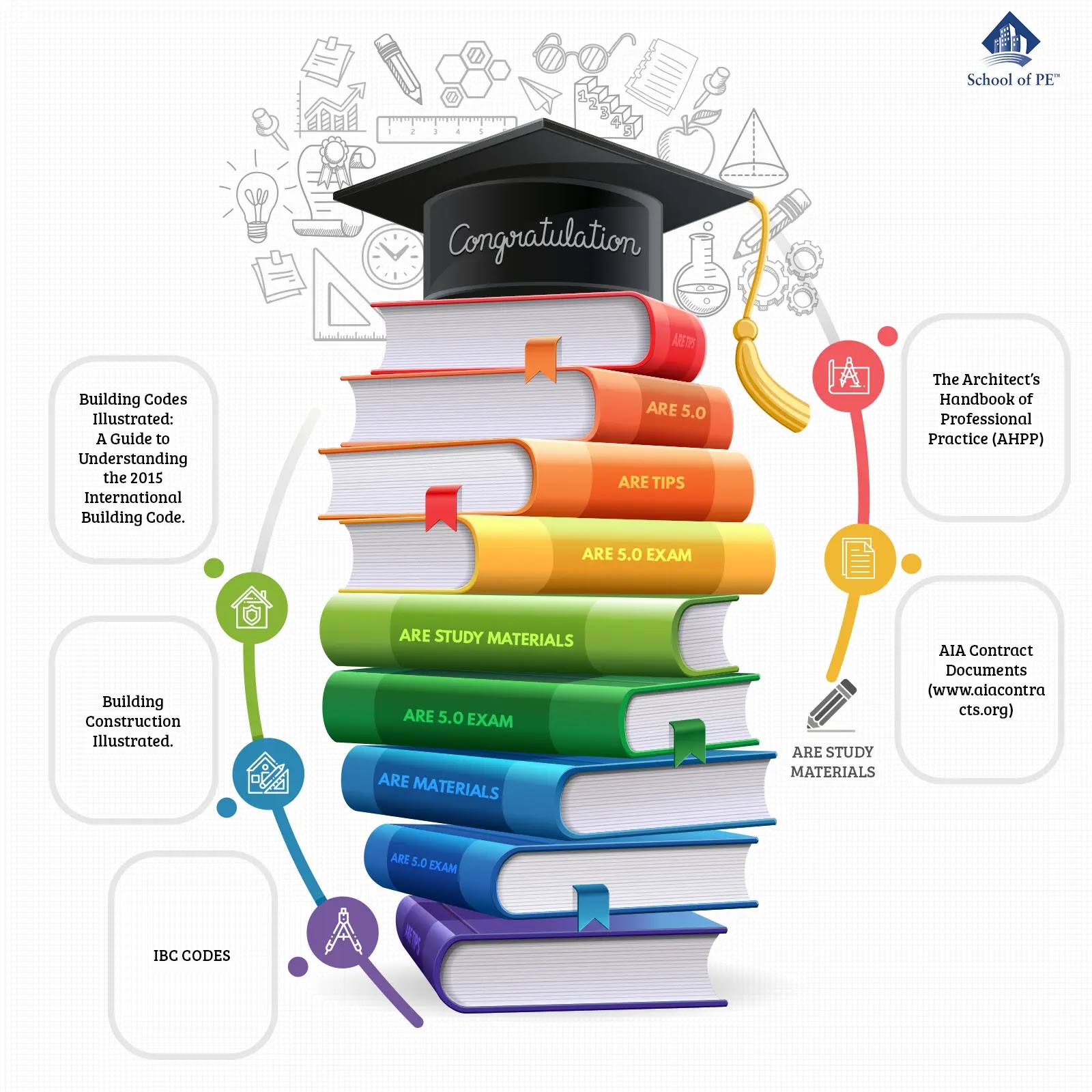Building construction is not an easy task. There are not only a lot of moving parts in the process of construction; behind the scenes, there is a flurry of activity. The larger the building project, the more complex it is to attain funding and plan many other tasks. Before a project begins, a pro forma is typically compiled. A pro forma is a financial statement noting the financials behind a project, the financial projections to be attained from the project, forecasts, and the like. This is a tool used in order to attain project funding. A large building project is typically not funded personally by an owner, but is funded through banks, investments, a corporation or large entity, or a board of investors-it depends upon the project.
The pro forma can be used to secure the financials for setting a construction budget. Oftentimes, there is either little room for error in terms of construction budget or there are benefits to investors or other financial entities in early completion of the project (for example, the ability to collect rent earlier than expected). The concept of guaranteed maximum price (GMP) is employed in these instances. In setting a GMP, the construction manager (at risk) is contractually obligated to complete the project on time and on budget. Failure to do so may penalize the CM per the contract. This process puts a large amount of stress on the CM.

Estimated maximum price (EMP) contracts take the stress off of the CM. With EMPs, the responsibility is not solely on the CM. Instead, the risk is shared by the major parties involved-including the owner, designers, and others-and uses financial interests as a way to align these parties with the interests of the project.








